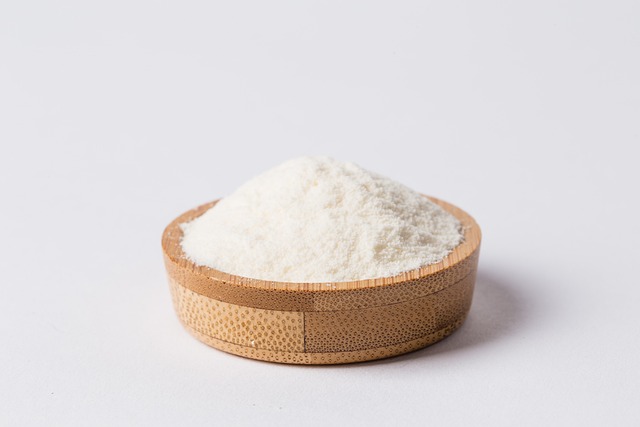Arrowroot Flour and Its Impact on Health
Introduction
Arrowroot flour, derived from the rhizomes of the arrowroot plant (Maranta arundinacea), is a starchy, gluten-free powder commonly used in cooking and baking. It is known for its digestibility, making it an excellent alternative for those with dietary restrictions or digestive issues.
Nutritional Benefits, health impacts, and potential uses of arrowroot flour.
Nutritional Profile
Arrowroot flour is packed with essential nutrients, offering a range of health benefits.
A 100-gram serving contains:
Calories: Around 350 kcal
Carbohydrates: 88g (mostly starch)
Protein: 0.3g
Fat: 0.1g
Fiber: 3.4g
Vitamins & Minerals: Contains small amounts of potassium, iron, and B vitamins
Health Benefits
1. Digestive Health
One of the most significant benefits of arrowroot flour is its positive impact on digestion. It is gentle on the stomach and can help manage diarrhoea and irritable bowel syndrome (IBS). The starch acts as a prebiotic, promoting the growth of beneficial gut bacteria.
2. Gluten-Free and Allergen-Friendly
Since arrowroot flour is naturally gluten-free, it is a safe choice for individuals with celiac disease or gluten sensitivity. It is also free from common allergens such as nuts, dairy, and soy, making it a suitable option for those with food allergies.
3. Weight Management
Arrowroot flour is low in calories and high in fiber, which promotes satiety and helps control appetite. The resistant starch content also aids in slowing down digestion, preventing rapid spikes in blood sugar levels.
4. Supports Immune Function
Arrowroot contains essential nutrients like B vitamins and iron, which contribute to overall immune health. It also possesses mild anti-inflammatory properties, which can help in maintaining general well-being.
5. Promotes Skin Health
Arrowroot flour is commonly used in natural skincare products due to its absorbent properties. It helps in soothing irritated skin, reducing oiliness, and even treating minor wounds.
Potential Uses
Arrowroot flour is versatile and can be incorporated into various recipes and applications:
Thickening Agent: Used in soups, sauces, and gravies as a natural thickener.
Baking Substitute: A great alternative to cornstarch and wheat flour in gluten-free baking.
Infant Nutrition: Often used in baby food due to its easy digestibility.
Skin Care: Found in homemade face masks, body powders, and deodorants.
Precautions and Considerations
While arrowroot flour is generally safe, excessive consumption may lead to mild digestive issues such as bloating. It is advisable to consume it in moderation and as part of a balanced diet.
Conclusion
Arrowroot flour is a highly nutritious and beneficial ingredient that supports digestive health, aids in weight management, and provides a gluten-free alternative for those with dietary restrictions. Its versatility in cooking and natural skincare makes it a valuable addition to a healthy lifestyle.

